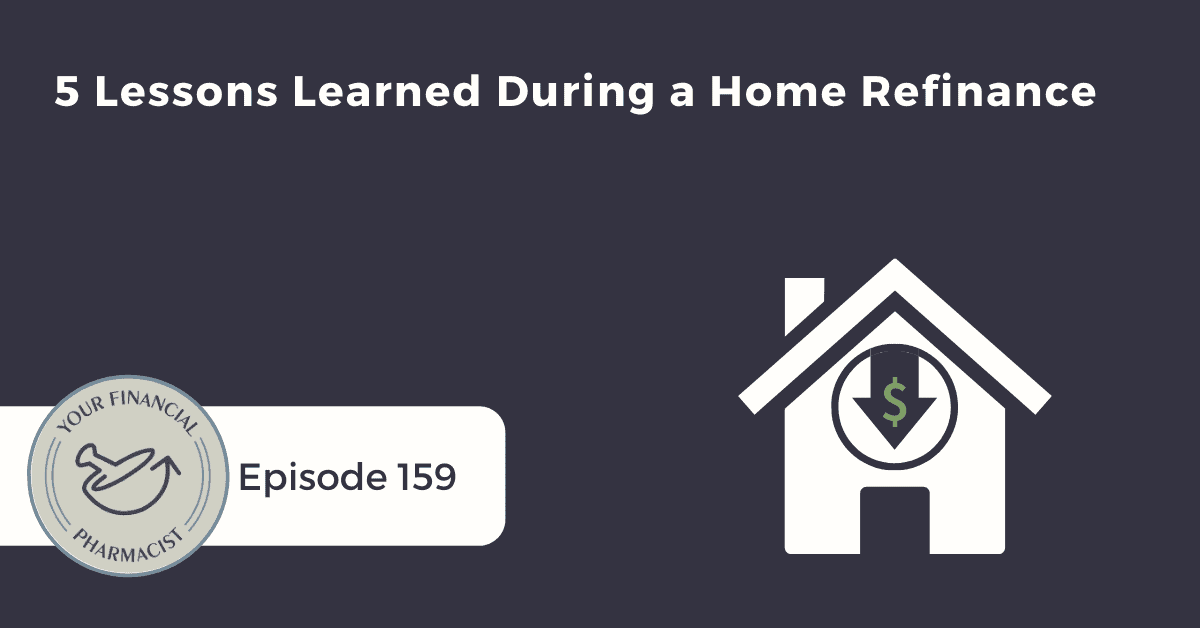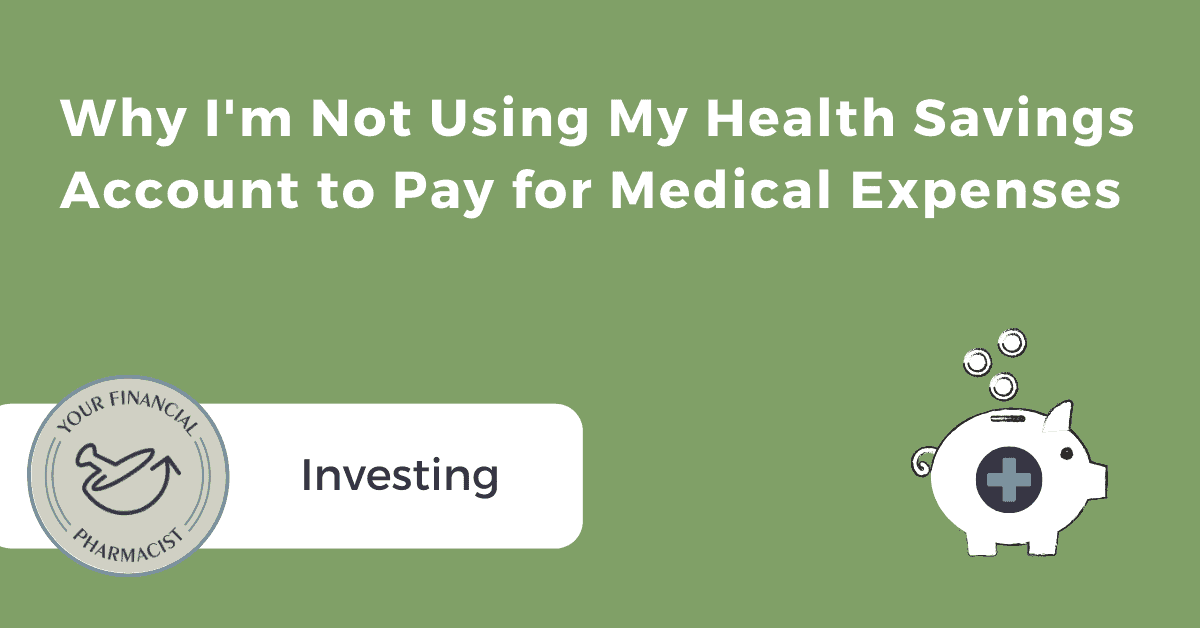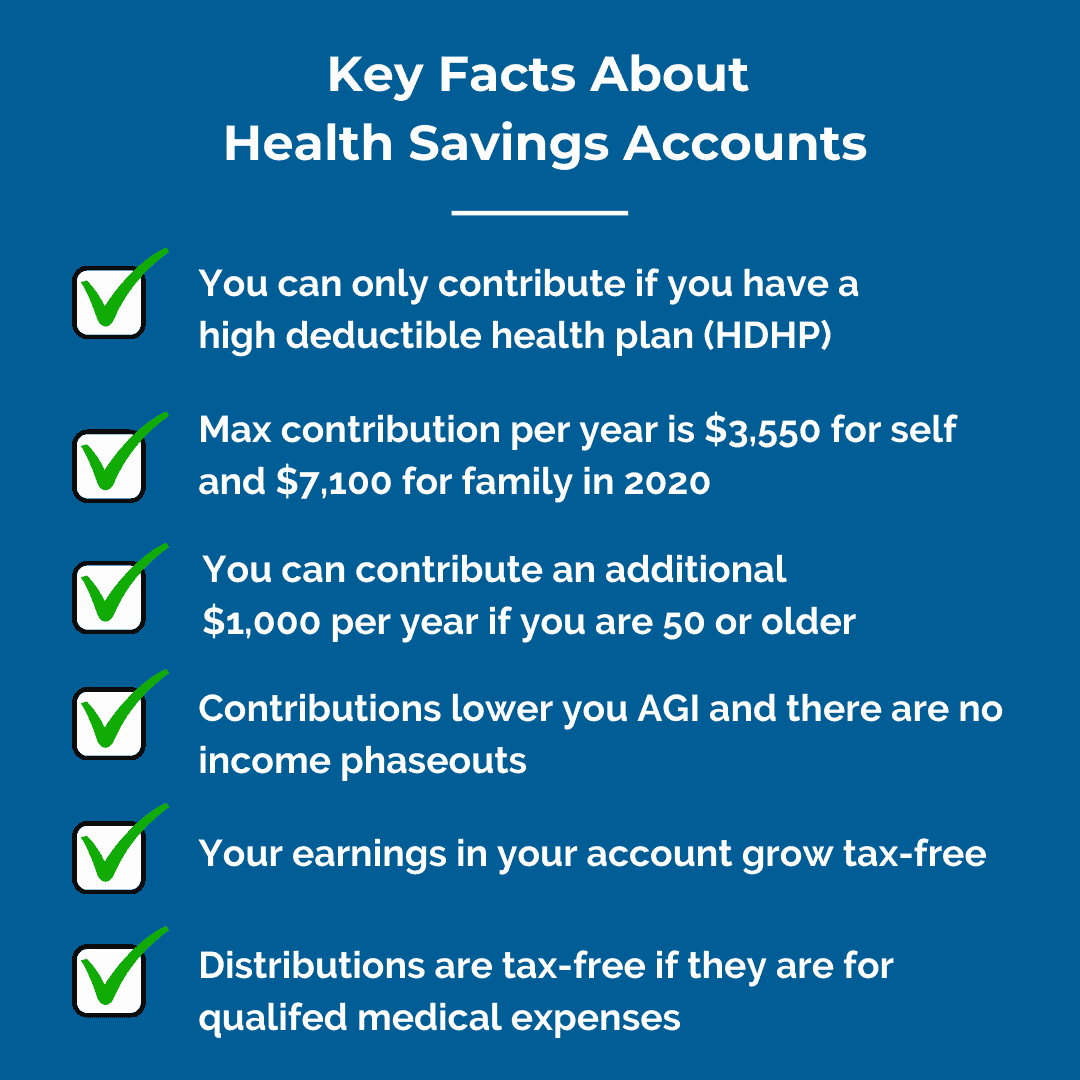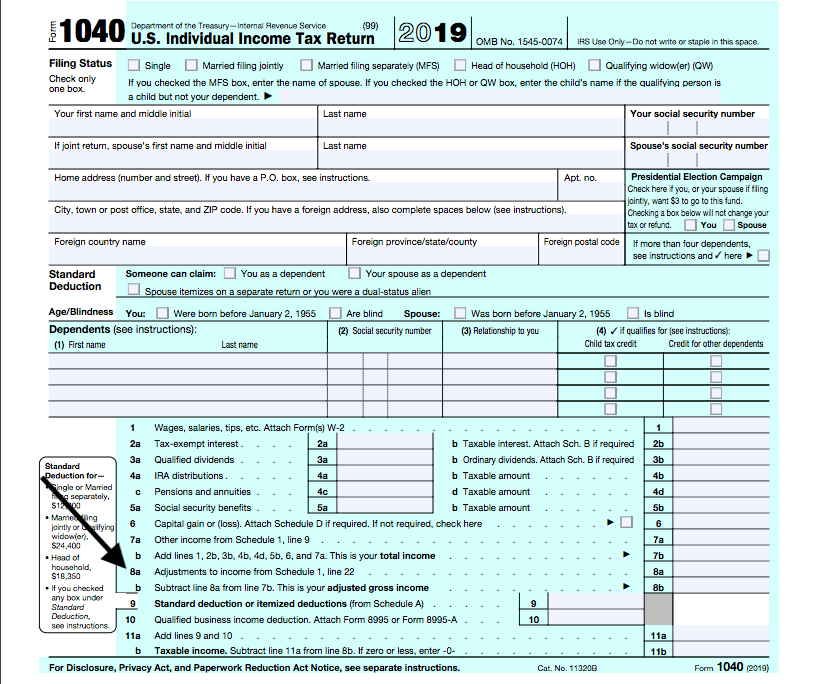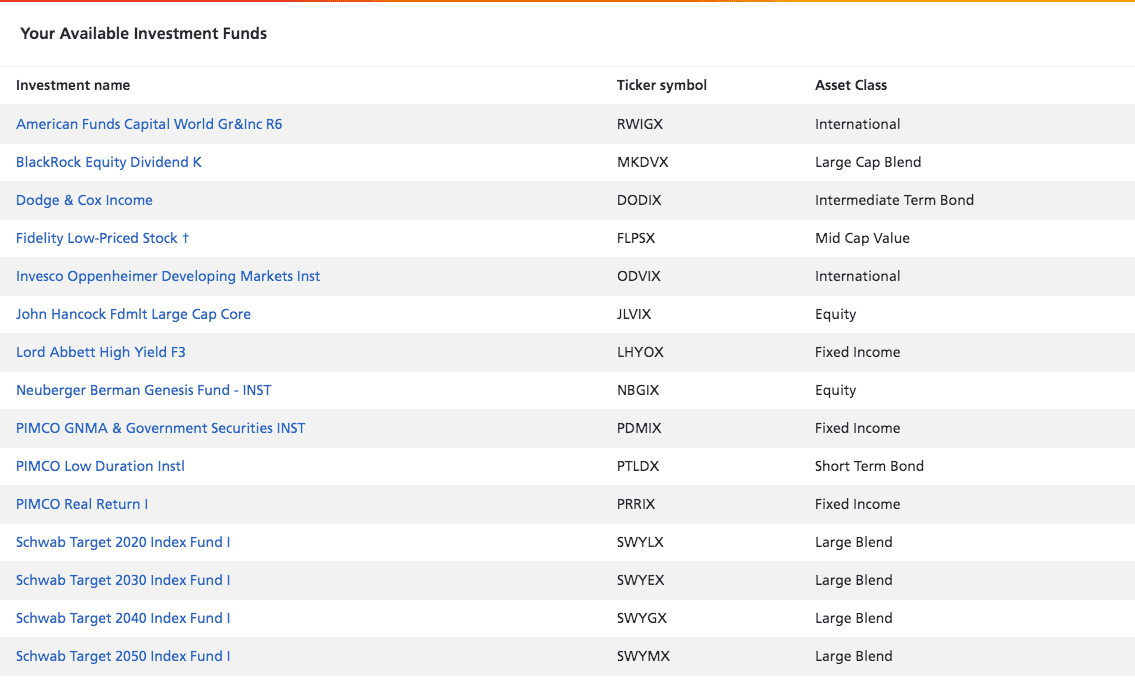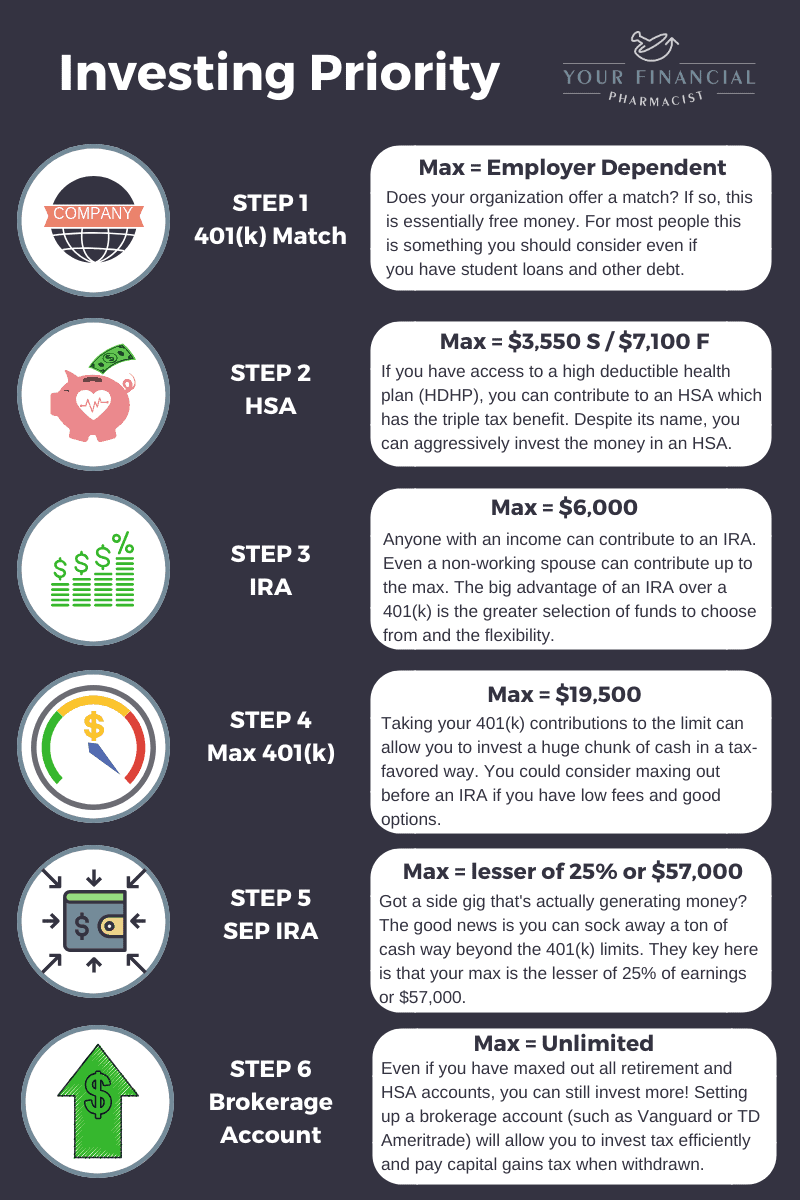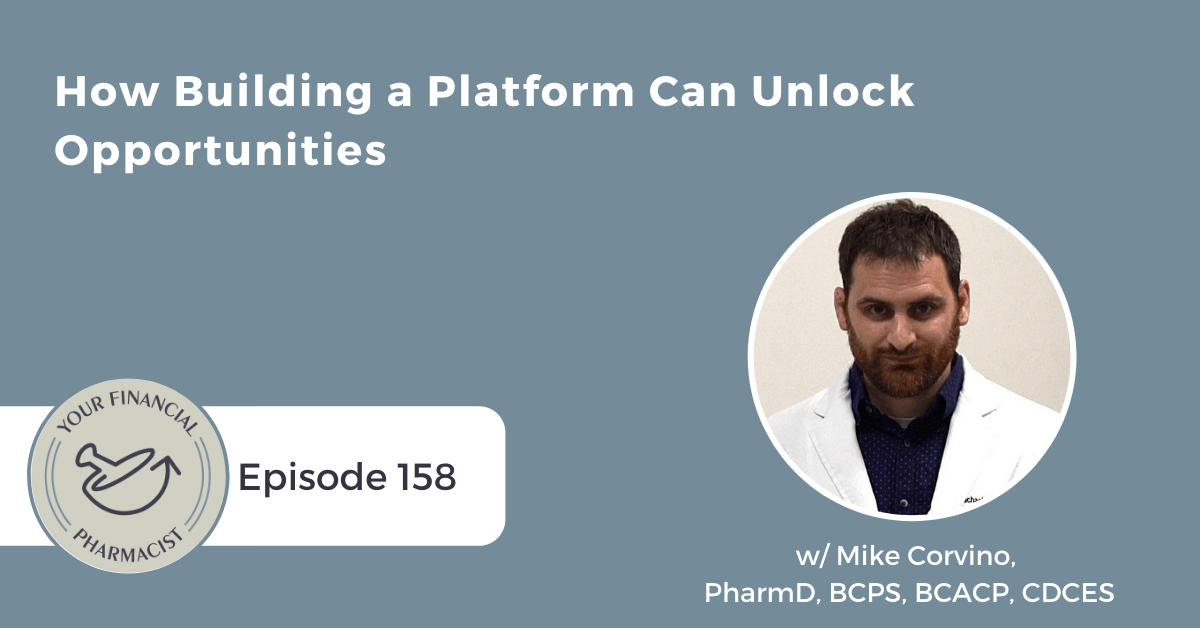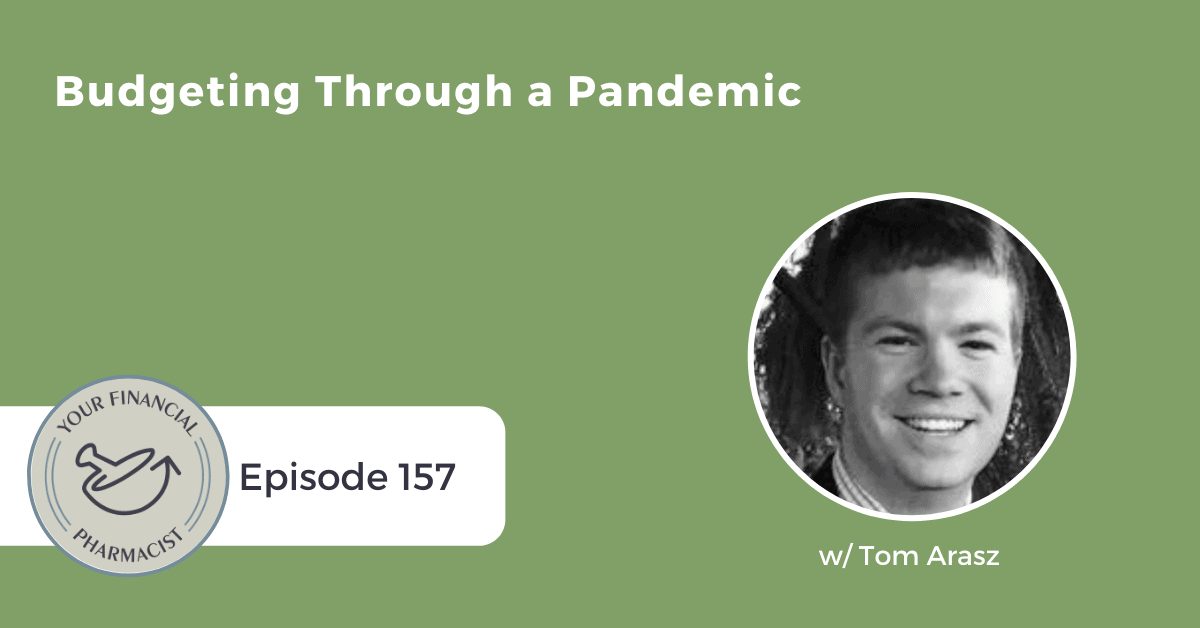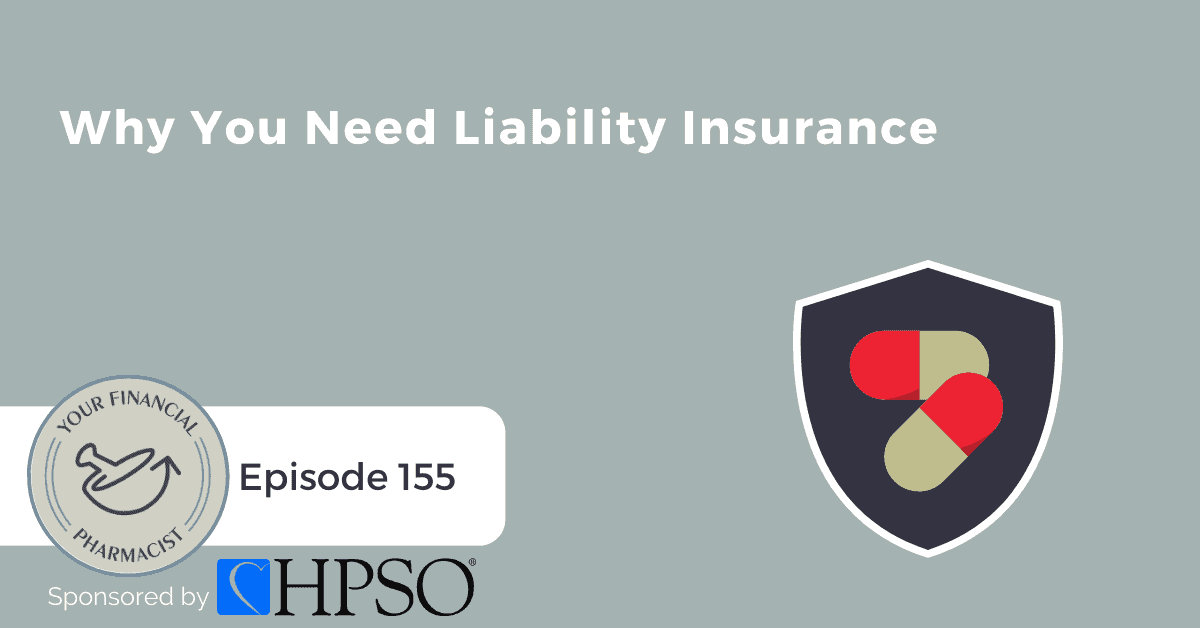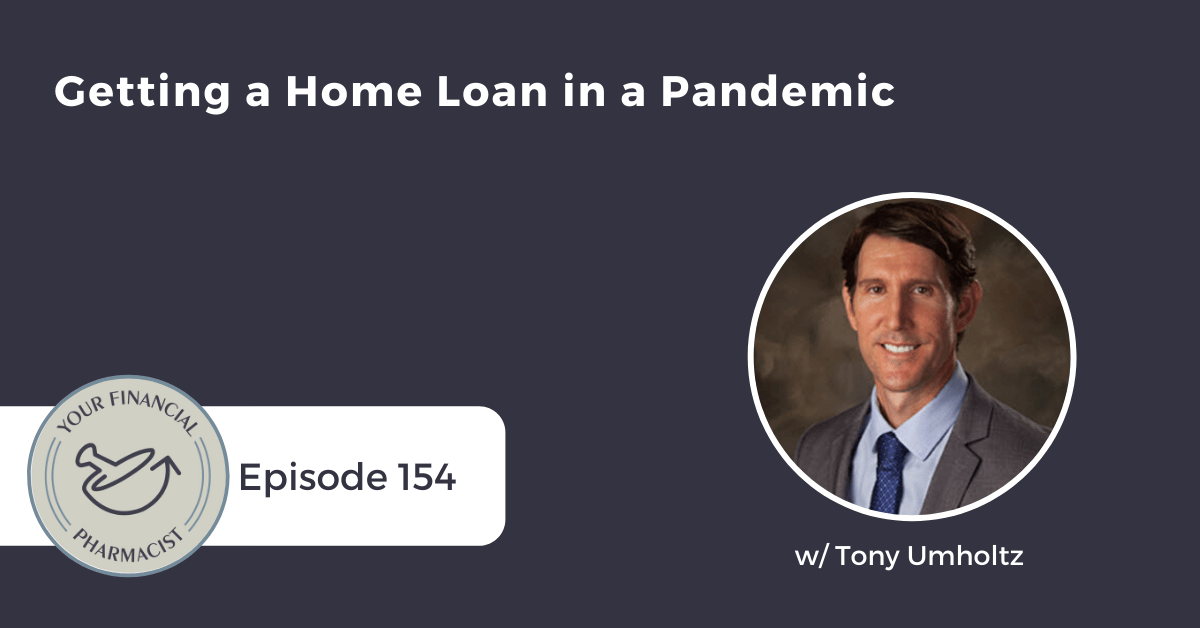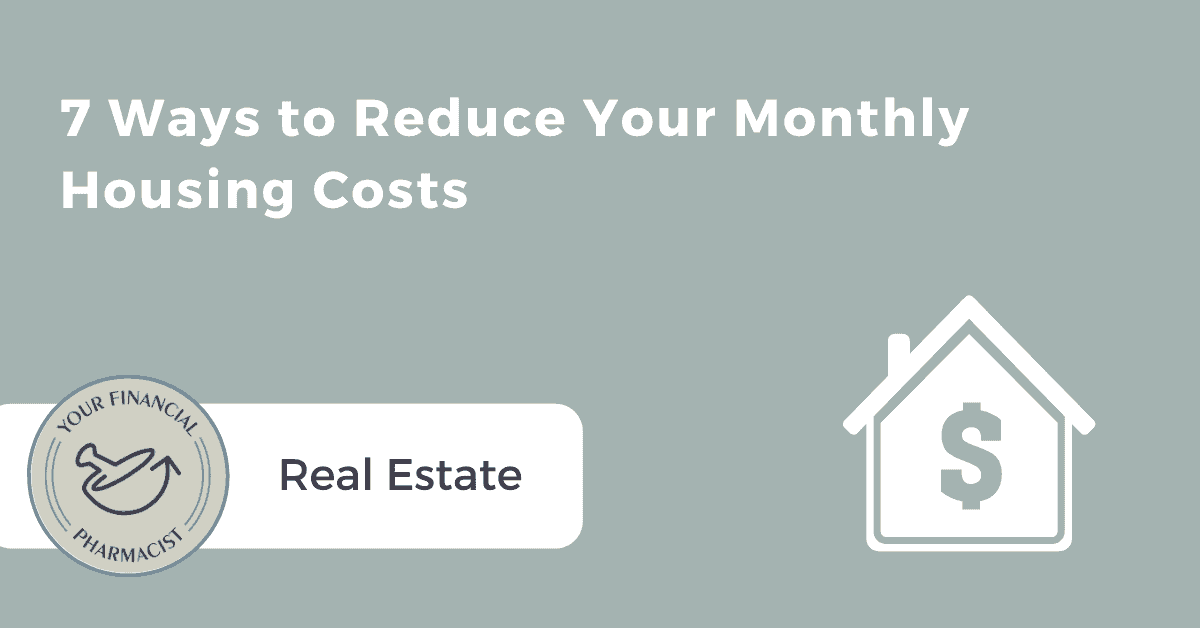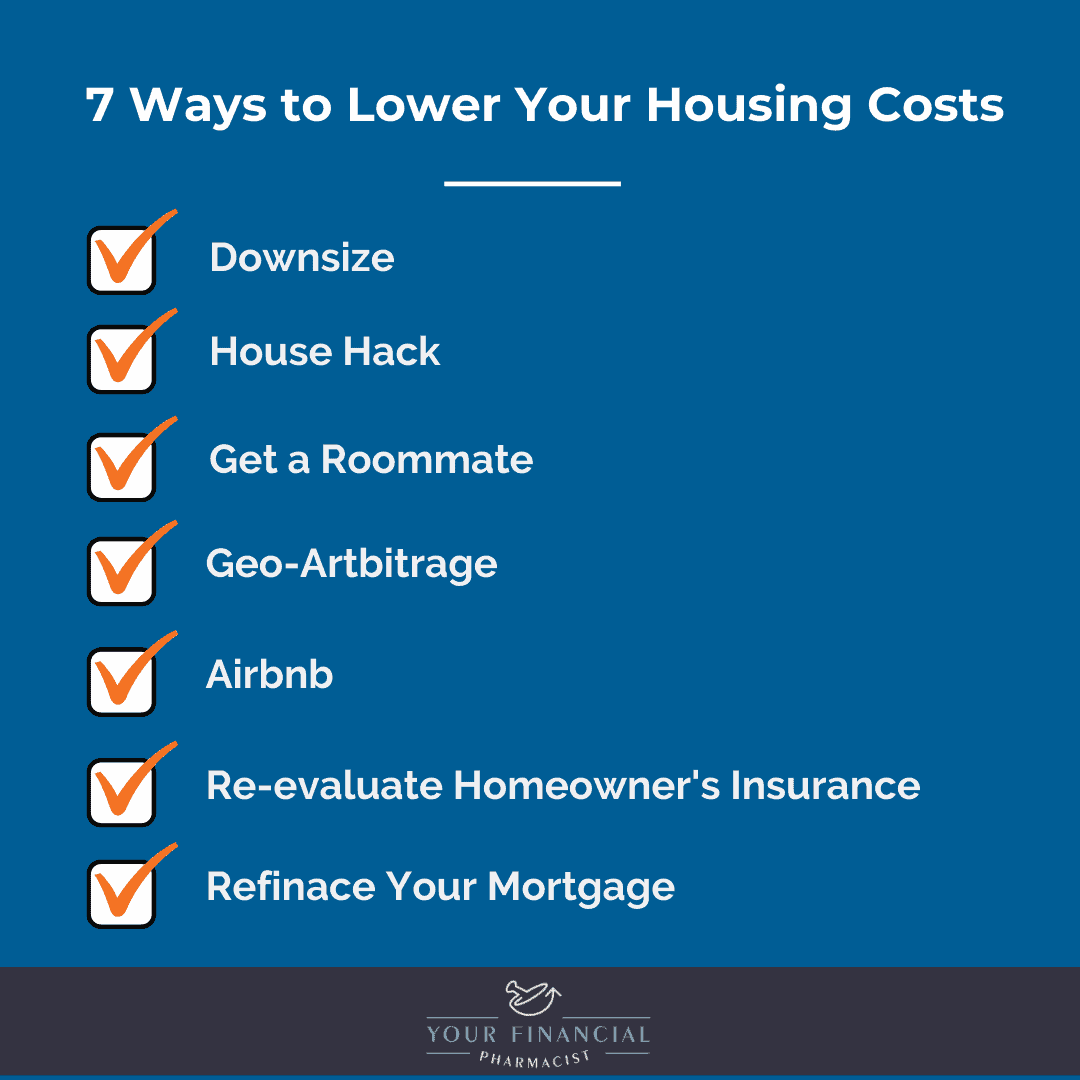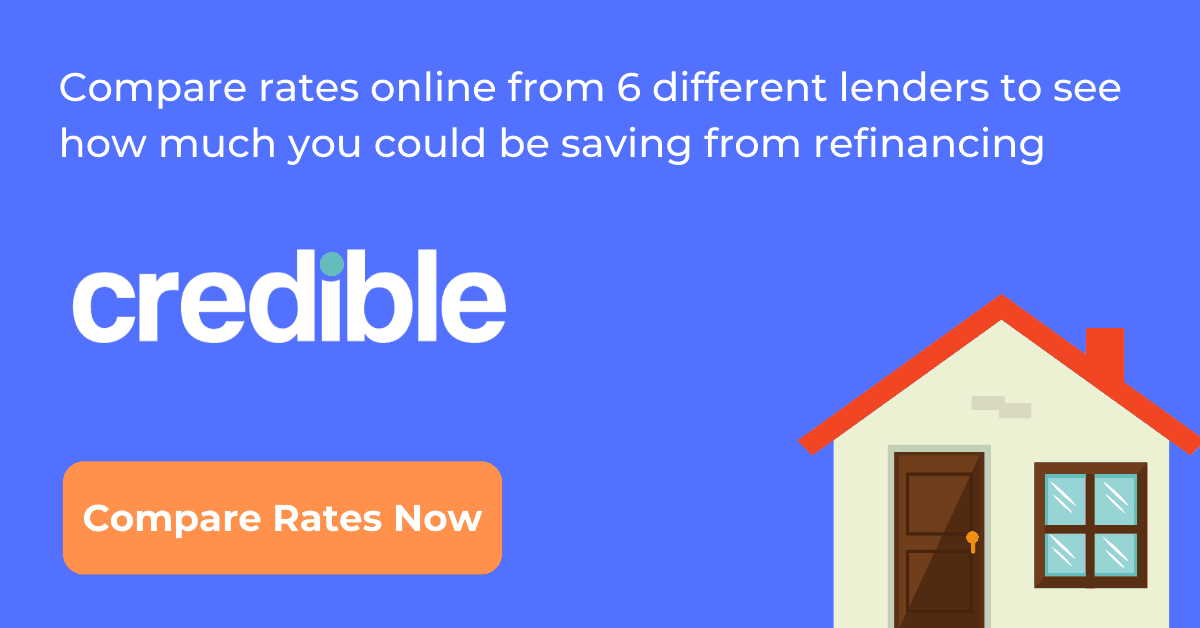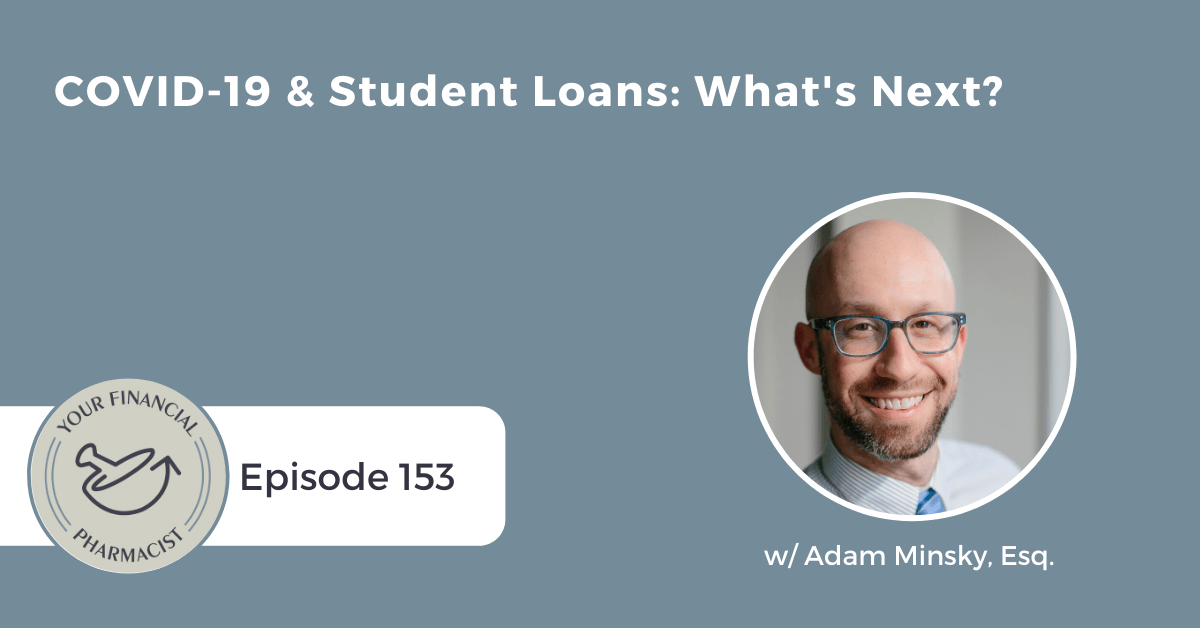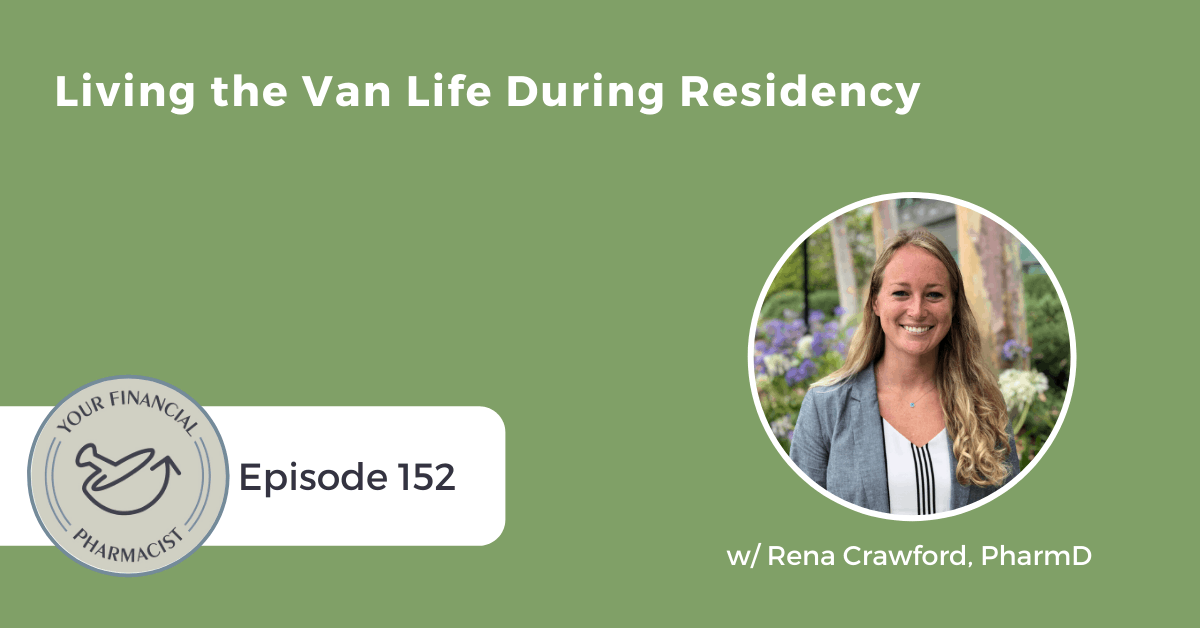5 Lessons Learned During a Home Refinance
Tim Ulbrich shares his recent experience refinancing his primary residence. He talks through the numbers, how they determined the breakeven point, the rationale for refinancing and 5 lessons learned along the way.
Summary
On this episode Tim dives into his experience and the numbers associated with refinancing his primary home with IBERIABANK/First Horizon. The big question Tim asks is, should you refinance your mortgage? To know if refinancing will make sense for your personal situation, Tim mentions that you have to take many factors into consideration including the current interest rate, monthly payment, PMI, the total amount paid over the life of the loan and how long you will live in that residence. On top of those considerations, you also have to assess all aspects of your financial plan to make sure this is the best move for you.
Tim and his wife Jess purchased their home in Columbus, Ohio in 2018 for $345,500 and put 20% down which left them with a loan amount of $276,400. They had a 30-year conventional fixed mortgage with an interest rate at 4.625%. Without taxes and insurance included, their principal and interest payment on their mortgage was $1,421.08. Jess and Tim began shopping around to refinance in early Spring of 2020 and chose to refinance with IBERIABANK/First Horizon. Their new mortgage is a 30-year fixed loan at 3% interest (difference of 1.625%) leaving them with a monthly payment of $1,136.22 (difference of $284.86).
Tim mentions that while they were happy about seeing the initial lower monthly payment and large reduction in interest, the math cannot stop there and that you have to dig into other considerations to decide if refinancing is right for you. In their discussion, Tim and Jess talked about restarting the clock on a new 30-year mortgage, the costs associated with the new loan and when their break even point would be. They also talked about how they could strategically use the monthly savings they would have. After crunching these other numbers they decided that it was a no brainer for them to refinance.
Tim also discusses 5 lessons he learned along the way while refinancing his home which include:
- taking the time to weigh the pros and cons of refinancing to different mortgage terms
- avoiding looking at refinancing your home in a silo without considering the rest of your financial plan
- differences in the appraisal process
- how much closing costs will be
- always read documents closely and ask lots of questions
Mentioned on the Show
- Compare Mortgage Refinance Lenders with Credible
- YFP 139: Should Your Refinance Your Mortgage
- IBERIABANK/First Horizon
- YFP 136: The Ins and Outs of a Pharmacist Home Loan
- YFP 154:Getting a Home Loan in a Pandemic
- Pharmacist Home Loan with IBERIABANK/First Horizon
- Mortgage Refinance Calculator
- YFP Planning
- YFP Facebook Group
Episode Transcript
Tim Ulbrich: Hey, what’s up, everybody? Welcome to this week’s episode of the Your Financial Pharmacist podcast. On this week’s show, I’m going to be flying solo to give you an inside look into the refinance that my wife recently did on our primary residence. Now, on Episode 139, Nate Hedrick, The Real Estate RPH, and I talked through should you refinance your mortgage? And I’m not going to rehash that episode in its entirety. I want to hit a few highlights that will help frame our conversation today. So let’s start with what is mortgage refinancing?
So really when you think about a mortgage as a bank or lender giving you money to pay for a home, and you, the borrower, have a certain amount of time, essentially the term, to pay that money back. And mortgage refinancing, a lender or bank gives the leftover amount to pay the existing mortgage, and you get a brand new one, which essentially resets your loan. Now, it’s possible to refinance your mortgage with the same lender. And people choose to refinance their mortgage typically either to reduce their monthly payment, reduce their overall interest, to get better equity in their home if the house went up in value, perhaps eliminate PMI, Private Mortgage Insurance, or to reduce the term of the loan, for example from a 30-year to a 20-year or a 15-year. Now, you likely qualify for a mortgage refinance if you already have a mortgage. And to get a good refinance offer, three main categories will be looked at: the equity that you have in your home, so the difference between what your home is worth and what you currently owe in terms of the mortgage; second is your credit score; and third would be other debt that you have incurred, whether that be student loan debt or credit card debt, for example. Now, since this is a new mortgage when you refinance, you’ll incur the same costs as you did when you purchased your home. Now they may look different if you’re using different companies, but you’ll still have closing costs, title fees, and so on. And that’s an important consideration as you’ll see here in a few moments with our example.
And to figure out if mortgage refinancing makes sense for your situation, you really have to know your current interest rate and your monthly payment, principle and interest — we’ll talk about that and an example here in a few moments — what that rate and payment will change to when you refinance, what your overall payment will end up being, and how long you plan to live in that home because as we talk about calculating a break-even point, essentially how much are you going to save per month relative to the costs incurred to refinance, obviously you want to be in the home longer than whatever that time period is. So the length that you’ll be in your house or that you project to be in your house — of course anything can change — is really important to consider when looking at refinancing, depending on the amount of closing costs you’ll have to pay with that new mortgage.
So that’s exactly what we are going to do today. I’m going to jump into the numbers, talk through the situation my wife Jess and I went through recently as we refinanced our home. We’ll dig into the weeds a little bit with the numbers, and then we’ll take a step back and look at some of the lessons that were learned throughout that refinancing process.
So let’s dig into the numbers. Now, we purchased our current home in Columbus, Ohio — Go Bucks! — back in October 2018 for $345,500. So that was the purchase price of the home back in October 2018. We put 20% down when we made that purchase, so our loan amount was $267,400. So again, purchase price, $345,500, because of 20% down payment, our loan amount was $267,400. Now, for financing, when we purchased this home back in October 2018, we had a 30-year conventional fixed loan at 4.625%. Now for those of you that know the current market of interest rates, that number should raise some eyebrows. Pretty much this was the peak of the market in terms of interest rates when had purchased back in October 2018. So bummer but it was what it was when we moved to Columbus at the time. Now, to distill all of this down to a monthly payment that is due on our existing mortgage, again, 30-year fixed, this was $1,421.08. And this is principle and interest only. So for those of you that currently own a home, you know that when you’re making your monthly payment to whoever your lender is, typically you’re paying principle, interest, as well as taxes and insurance. And then if you have a homeowners’ association fees or other things that are in there as well. So again, this $1,421.08, to be specific, this does not include property taxes and insurance. And for those that are curious, those additional monies for property taxes and insurance that were going to escrow for us totaled about $689 per month, which brought our total monthly payment due to just over $2,100 per month. So for this example of running the number to compare the existing mortgage with the new mortgage via the refinance, I will only use principle and interest — again, $1,421 per month — to be consistent, knowing that that is the fixed amount for the life of the loan with the 30-year fixed loan that is the product that I’m referring to. And that insurance and taxes can and will change over time. So even in the two years that we’ve lived here in Columbus, our property taxes have gone up, and usually that’s the trajectory. But when it comes to insurance, it may be that your insurance goes up or perhaps you requote that over time and you’re able to keep that cost down or even see that decrease over time.
So that was our existing situation. We were about almost this coming fall, we’d be two years into the home, monthly payment of $1,421 of principle and interest. So starting in early spring 2020 when interest rates were falling, we started shopping around to refinance. And at that time, our remaining balance due on the mortgage was $269,500. So $269,500. So again, our original loan amount back in October 2018 was $276,400. Through payments down on principle, when we looked at refinancing, our remaining balance due is $269,500. And after shopping around at a local credit union that I had worked with previously and getting several quotes online through various lenders, we ended up working with IBERIABANK/First Horizon. And a shoutout to Tony Umholtz and his team at IBERIABANK/First Horizon, including Cindy and Karen. Tony was on Episodes 136 and 154 of the Your Financial Pharmacist podcast where we talked about the pharmacist home loan product and considerations for home buying during a pandemic. So if you want to learn more about those topics, learn more about Tony, learn more about IBERIABANK/First Horizon, I would encourage you to check out Episodes 136 and 154.
So we moved forward with our application to refinance with IBERIABANK/First Horizon for the remaining loan balance due, again $269,500, for a 30-year fixed term at 3% interest. So if you remember, I said 4.625% was our original interest rate. And here, we were looking to refinance to 30-year fixed term at 3% interest. So our new monthly payment would be $1,136.22, to be specific, which is $284.86 less per month than the previous payment that was due. So our previous payment, again, $1,421. Our new payment would be $1,136. So about $285 less per month with the refinance. Now, that really shows the power of interest. And here again, we’re looking at an interest rate reduction of 1.625%, which is why that number per month in terms of savings is so significant. So again, 4.625% down to a refinance at 3%. Now, I’m not guaranteeing talking about rates, obviously that depends on current markets, individual factors related to the lendee, so I’m just highlighting here what was our case and our example.
Now, when comparing this from a mathematical standpoint, we can’t just stop there. So we look at that number, we’re like, great. $285 less per month. Who wouldn’t want to have $285 per month back in our pocket? But we need to consider that we were restarting the clock on a new 30-year mortgage, again, the definition of refinance, and I was incurring costs associated with the new loan. Right? Closing costs, including lender costs, title fees and insurance, and so on. And again, I’m not going to be representing or including property taxes or insurance, even if those are costs incurred at closing. And that really depends on the timing of payments that you’re making for escrow and whether or not you are even in escrow as those will even themselves out over time. And I’ll give some more information on that in a moment. So if we factor in No. 1, the costs associated with extending the loan back out to 30 years by looking at the total amount that would be paid over the life of the loan and we factor in the closing costs, we can then determine a break-even point for the refinance. Again, what’s it going to cost to do this? And how much are we going to save per month? And how long will it take to recoup those savings?
So let’s look first at the cost associated with extending my loan back out to 30 years by comparing the total amount that would be paid over the life of the loan if we stayed as is with our existing mortgage or if we were to refinance the loan. So for our existing mortgage, again, we would have paid it off, assuming no extra payments that would be made to reduce principle, we would have paid it off on October 1, 2048. It’s just even crazy to say that out loud. This means that we had 339 repayment — remaining payments, which would have resulted in about $482,000 that would have been paid out of pocket over the life of the loan with our existing mortgage. And the way I calculated that was taking the remaining payments due, 339, and multiplying it by our monthly payment of approximately $1,421. Now, with the new mortgage via the refinance, we would have a monthly payment of $1,136 and some change. But instead of 339 remaining payments, we would have 360 payments because again, we’re restarting this 30-year clock. So in this example, if we take $1,136, we multiply it by 360 months, we see that over the life of the loan, we’d pay $409,000 and some change. So this is where the math gets really interesting. And for those that like to geek out on this stuff, it gets exciting. Not only with the refinance are we saving $285 per month approximately, but we’re going to be saving about $73,000 in monies that are paid out even though the refinance would put us back on a 30-year clock. So by looking at the total cost over the life of the loan, we saw that was going to be the difference between $482,000 of the existing mortgage or about $409,000 if we refinance. So again, not only the reduced monthly payment but also over the life of the loan, we’re going to be saving a significant amount in terms of those monies that are paid over the life of the loan. Again, this really highlights the power of interest is real. But as I alluded to earlier, we can’t stop there as we have to think about and consider the closing costs.
So our closing costs, which as I look at our example included lender fees, the appraisal, title costs and the recording fees, were in total $3,204.75. And I would really encourage you as you look at the mounds of paperwork that are associated with a home purchase or a refinance to really look closely, especially at your closing disclosure document. This is where you’re really going to be able to see all of these fees itemized and if you begin to compare one lender to another or negotiate some of these fees, this is the document that’s really going to help you understand what these fees are. So again, for us, our closing costs included lender fees, appraisal, title costs, and a recording fee that in total came to $3,204.75. So again, even though there often is cash due at closing unless you roll it into the loan, which I would caution you to really evaluate — and I’ll talk about that in a moment — so even though there is often cash due at closing for property taxes and insurance, depending on the timing of when those payments are due and how escrow is handled, I’m excluding those here as those will essentially true up over time. And what I mean by that is that if you have money sitting in escrow today, accruing for your next property tax bill, for example, you will also be putting money into escrow at closing, again depending on the timing of the year and what’s required by your local area. So you will eventually receive those monies back if there’s a discrepancy in terms of the timing of when payments are made, which typically there is. So these will essentially balance out or true up over time, even if you’re fronting some more cash in the moment at closing. So yes, you have to bring money typically at closing to pay for those dollars going into escrow as they are collecting those monies in advance for future payments that are due, again, assuming you are using escrow. About 20% of people don’t. But again, these will even out over time. So we’re only looking at the other closing costs that are included in this example. OK, enough about escrow. Escrow is annoying, one of the reasons that we really want to get out of escrow when we refinanced.
So we are now at a point where we can determine break-even. So we know that closing costs were $3,204.75 and monthly savings due to the reduced principle and interest is about $285 per month, so essentially the question here is how many months of saving $285 would it take to recoup the investment we’re making of closing costs that were going to be incurred of about $3,205. So if we take closing cost number, $3,205 divided by $285, that shows us that it will take 11 months for us to break even. Now, this one’s a no-brainer because of the significant rate reduction and perhaps that is the case for many of you as well. But as you will see, when you have less difference in the rate, let’s say it’s closer to 1%. You’re going from a 4.2% to 3.2%, the time to break even extends as that rate difference collapses. And you must consider, as I mentioned before, a very important variable, which is how long do you anticipate being in the home? Because how long you anticipate being in the home is ultimately going to impact whether or not you see yourself in the home for that time period that it will take to be able to recoup those costs for closing.
Now, as I look at this math, one of the things this does not include that I think is worth considering is what do you decide to do with that $285 per month saved? So in this example, if I were to save $285 per month, that’s great. But what if I were to take that money and then have that money working for us, whether that be investing that money in a 401k or Roth IRA, some type of brokerage account, depending on what goals and what you’re trying to, or what if you were to take those monies and invest it in real estate or other business activities and that money may be able to grow for you? So just as one example, if you were to take that $285, invest that in an index fund over 30 years that was earning on average 7% growth, you’re looking at another roughly $330,000 of savings that would accrue over this 30-year period. So it’s important to ask yourself, as we’ll talk about here in a moment, what’s the goal with these savings if you’re going to incur savings? And are you strategically using those savings and earmarking those savings for another part of your financial plan and other goals that you have?
Now, here’s the good news. All of those calculations that I just did and walked through one-by-one to show you how we got to that decision point, we have a calculator available on the website, shoutout to Tim Church that helped us put this together. If you go to YourFinancialPharmacist.com/mortgage-refinance, you can put in the numbers. What do you currently owe? What’s your interest rate? What would be your new loan amount? What would be your new interest rate? What’s the term? And it will spit out essentially that break-even time period for you. But again, I can’t overemphasize that it’s not just the numbers. You must consider the rest of your financial plan, other goals you have, what the primary purpose is for the refinance, and even other factors, which takes us to the second part of today’s episode where I’ll briefly talk through some lessons learned throughout the refinance process.
So let’s talk through five lessons that were learned or reinforced throughout this process. No. 1, taking time to weigh the pros and cons of refinancing at a 15-year or a 30-year fixed mortgage. And while there are certainly other options, whether it be a 20-year fixed term, a 10-year fixed term, an adjustable rate mortgage, these two options, a 15-year fixed and the 30-year fixed, are the most popular products and for the majority listening will be the path forward. So I would encourage you, when you’re looking at a 15-year versus the 30-year — and this was a great exercise for my wife and I to walk through — is to do the math, but don’t stop at the math. Do the math plus, you know, think of variables such as visualizing yourself 15 or 30 years from now. How do you feel about having a mortgage payment? There’s no right answer to this. How do you feel about having a mortgage payment? And what else might be going on in your life that would help answer that question for you? So you know, for some people that I talk to, it might be that they’ll have kids that will be going onto college or some other variable that they may feel one way or another about having a mortgage payment for that period of time. But don’t underestimate that factor in visualizing yourself in that future state. Another factor to think about: How long do you plan on staying in the home? We’ve talked about this already, and you can’t always predict this but going to be a very important variable to understand. Obviously the longer than you’re in your home, depending on the rate differences that you’re seeing throughout the refinance, the more likely you are to be able to reap those benefits.
Other questions you want to be thinking about here in addition to the numbers: What are the savings over the life of the loan between the two options? And does that, how does that weigh against the increased monthly payment? So you know, what I mean by that is if somebody’s looking to go from a 30-year to a 20-year or a 15-year because they want to more aggressively pay off their home, they’re going to see as they run the math significant savings, likely over the life of the loan. Right? Because of the reduced monies that are being put toward interest. But typically if you’re going from a 30 to a 20 or a 15 and you’re staying in your current home, that’s going to mean a bigger monthly payment. So how do those savings over the life of the loan weigh against that increased monthly payment? And how much room can your budget handle in terms of a larger payment if you’re reducing the term of your loan? And what could change that you may or may not foresee? For example, do you have buffers in place that if for whatever reason that larger monthly payment were to become a concern? So do you have more than one income in the household. Do you have diversification of income? Do you have a good emergency fund? And what other goals are on your plate, whether that be student loan repayment, on track with investing, kids’ college savings, other goals that you’re trying to achieve. And do you need that extra margin or not? Perhaps can you focus at a greater extent on your mortgage repayment? The other thing, as I’ve alluded to once already, is what is the opportunity cost of having your money tied up in low interest debt? And again, there is no one right answer to this, as there typically is not when it comes to the various parts of your financial plan. So as Jess and I really weighed this, as we were looking at 30-year at a 3% versus a 15-year at 2.75%, if we looked at the savings over the life of the loan, and let’s just say for simplicity that is, I don’t know, $40,000 or $50,000 difference, how do we evaluate that against the opportunity cost of that additional $285 per month or whatever it would be as you do these calculations being tied up in an extra additional higher monthly payment that perhaps could be used elsewhere, if that’s a goal you have for investing in real estate or other things that you’re trying to do. And I think it’s important to talk through the pros and cons of that opportunity cost.
OK, so that’s No. 1, taking the time to weigh the pros and cons of refinance at a 15-year, 30-year or some other term. No. 2 is avoiding the silo effect. Now, what I mean by the silo effect is that looking at only one part of your financial plan at a time while you’re not considering the impact it will have on the other parts of your financial plan. This is really easy, whether it’s student loans, investing, or here we’re talking about refinancing, for example, you might see an advertisement or read a story about how interest rates have dropped and it’s a great time to refinance. You might even run the rates to see what it would mean for your monthly payment. But you’re only focused on that one part of your financial plan. So take a step back, look at the rest of the picture, look at all of your goals, look at what this means from a monthly cash flow standpoint, and then make that decision in the context of the rest of your financial plan. And that is really the value, one of the main values, in my opinion, of comprehensive financial planning and having a coach that can help you work through that process. And so shoutout to our YFP Planning team, our comprehensive certified financial planners, which for those that are interested can learn more at YFPPlanning.com. I would also encourage you as we’re talking here about avoiding to silo effect to really ask yourself what is the motivation to refinance? Is it to free up extra cash per month? So again, the example as we look at our example, stay at the current term but reduce your monthly payment. If so, do you have a plan again for how those monies saved will be allocated towards another goal and that will help prevent any lifestyle creep that may happen from those savings? Or is your goal to pay down the home faster and save some interest that would be paid out over the life of the loan?
No. 3 is, you know, one of the things that I saw that I heard often is the differences you can see in the appraisal process. And this was really, you know, eye-opening for me. And I think this is important. And why an appraisal matters is when you go to sell your home, obviously appraisals have an impact on the lending side. If you are trying to determine how much equity you have in your home for things like PMI and other aspects, understanding the value of your home relative to what you earn is very important. Or for those that may eventually pursue something like a HELOC to be able to have a HELOC for a variety of different reasons, whether that be real estate investing, whether that be having a backup emergency fund, your appraisal is really going to matter. And what we saw in the variance of an appraisal, what our home was worth based on comps, was when we had within the same year a HELOC appraisal done, that came in at our home at about $338,000. And again, we purchased at $345,500. And then when we went through the refinance, that came in around $371,000. So a really significant over $30,000 difference. And again, I think that shows you some of the subjectivity and variables that can go into a difference of appraisal. So I say that just to be ready for, you know, I think it’s easy to look at RedFin or look at Realtor.com or Zillow or some tool or have an idea of what you think it should be worth. But at the end of the day, the bank’s going to be using that appraisal number, that’s going to have a big impact on when it comes to either purchasing or refinancing a home or perhaps even taking out a line of credit.
No. 4 is when it relates to the cash that you need at closing, do not forget about property taxes and escrow. Now, I told you that I excluded those from the example. But I want you to be aware that often, you’re going to have to either front those costs at closing, again, depending on the timing of when all those are due, depending on if escrow is or is not involved, but that you may have a reimbursement, a payment that comes back if you have existing monies that are leftover in escrow from before the refinancing. So you want to consider your closing costs here. We talked about those, the lender fees, the title costs, if you end up buying any point, which essentially is a process where you can pay to reduce the interest rate. All of that is going to result in what you would owe in terms of costs that you’re going to have to bring in terms of cash at the table or that that can get rolled into the loan. But again, think about that in terms of the impact of what that means for interest that you’ll pay on that as you go to pay that money back. So I think this is a good reminder as you look at your closing costs that much of this can be negotiable, whether it’s lender fees, whether it is title expenses. We’ve talked about this on previous episodes of the podcast where we’ve talked about home buying. But really looking at closely understanding these fees and the disclosure documents are really important and making sure as an educated consumer, you have your best interests in mind.
And Lesson No. 5, which goes without saying but has always, always been a good reminder of how important this is, is read your documents closely and ask lots of questions. Read your payoff statements, read all about understanding your closing costs, understand your options with escrow, read all of it. It’s boring, it’s going to put you to sleep, but it’s incredibly important. The more you read, the more informed you will be, the more questions you’ll ask, and perhaps errors that you’ll catch along the way. And if nothing else, just have a good, better understanding of the process. And really be careful about teaser rates that are introductory types of rates or closing costs that get rolled into your loan because often, you may see advertisements for no closing costs, but at the end of the day, that may not be completely true as those costs might be rolled into the loan, which you’ll end up paying plus interest over the life of the loan. And here I would also encourage in this fifth lesson learned is to not undervalue the human element. So similar to car insurance, you know, it’s been my experience that yes, rates and fees matter. But so does being able to quickly communicate with an individual and to work with folks that can quickly get your question and can ultimately be there in your corner to make sure that you feel comfortable with the process. And I think the other valuable piece of working with an individual is that I saw rates vary by the day, even within the day. And having a good relationship with a lender is that somebody that can be there, ready to act for you and tell you when that best time to act may be based on what they’re seeing with rates.
So in the show notes, which again are available at YourFinancialPharmacist.com/podcast, find Episode 159, you can find the show notes, including the resources that I mentioned, previous episodes, and calculators that we have available on the website. And don’t forget to join our Facebook group, over 6,000 members strong, pharmacy professionals all across the country committed to helping one another on their path towards financial freedom. And last but not least, if you liked what you heard on this week’s episode of the podcast, please leave us a rating and review in Apple podcasts or wherever you listen to your podcasts each and every week. Thank you for joining us and have a great rest of your day.
Current Student Loan Refinance Offers
[wptb id="15454" not found ]Recent Posts
[pt_view id=”f651872qnv”]

